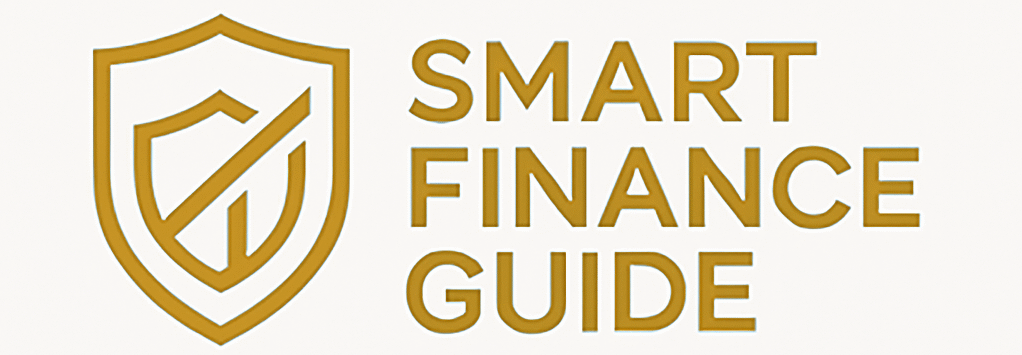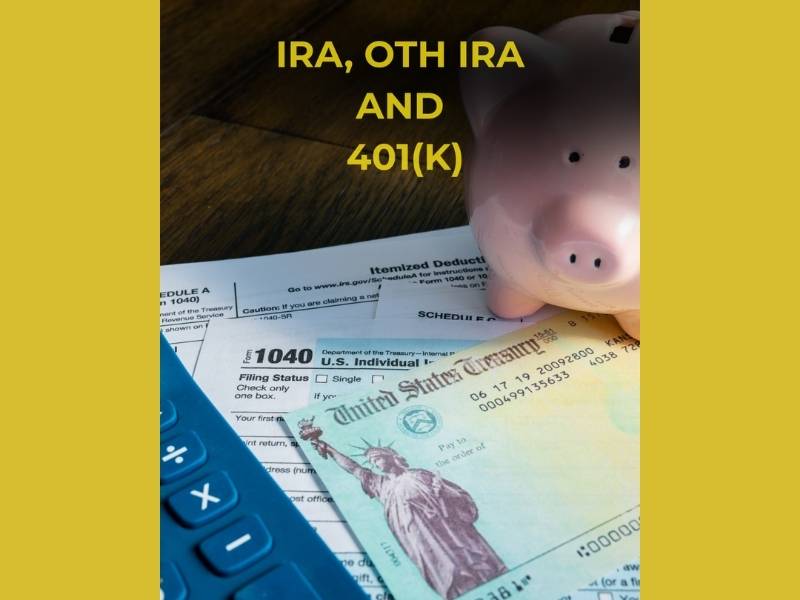When it comes to building long-term wealth in the U.S., how you invest is just as important as what you invest in.
And one of the smartest moves any investor can make is to use tax-advantaged retirement accounts — like IRAs, Roth IRAs, and 401(k) plans.
In this article, you’ll learn how each account works, their benefits and limits, and how to build a tax-efficient investment strategy for retirement and beyond.
Why Retirement Accounts Matter
Retirement accounts are designed to:
- Grow your investments faster by reducing or eliminating taxes
- Encourage long-term savings with special rules and incentives
- Provide powerful compounding over decades
✅ By using these accounts properly, you could save tens or even hundreds of thousands of dollars in taxes over your lifetime.
The Three Main Retirement Accounts
1. Traditional IRA (Individual Retirement Account)
| Feature | Details |
|---|---|
| Contribution limit (2025) | $7,000/year ($8,000 if 50+) |
| Tax treatment | Contributions may be tax-deductible |
| Growth | Tax-deferred (pay taxes later) |
| Withdrawals | Taxed as income in retirement |
| Age to withdraw penalty-free | 59½ |
✅ Great if you want a tax break now and expect to be in a lower tax bracket later.
2. Roth IRA
| Feature | Details |
|---|---|
| Contribution limit (2025) | $7,000/year ($8,000 if 50+) |
| Tax treatment | Contributions not deductible |
| Growth | Tax-free (no taxes ever) |
| Withdrawals | No tax if qualified (after age 59½ and held for 5 years) |
| Early withdrawal flexibility | You can withdraw contributions anytime, tax-free |
✅ Ideal if you’re young, in a lower tax bracket now, and want tax-free income later.
3. 401(k) and Roth 401(k)
| Feature | Details |
|---|---|
| Contribution limit (2025) | $23,000/year ($30,500 if 50+) |
| Employer match | Many employers match contributions (free money!) |
| Traditional 401(k) | Pre-tax contributions, taxed later |
| Roth 401(k) | After-tax contributions, tax-free withdrawals |
| Early withdrawal rules | Penalties apply before age 59½ (exceptions exist) |
✅ Best for maximizing retirement savings, especially with an employer match.
Key Differences at a Glance
| Feature | Traditional IRA | Roth IRA | 401(k) / Roth 401(k) |
|---|---|---|---|
| Contribution Type | Pre-tax (if eligible) | After-tax | Pre or after-tax |
| Growth | Tax-deferred | Tax-free | Tax-deferred or tax-free |
| Taxes on Withdrawal | Yes | No (if qualified) | Depends on type |
| Income Limits | Yes | Yes | No |
| Employer Match | No | No | Yes |
✅ You can use more than one type to create a diversified tax strategy.
Strategy #1: Prioritize Free Money (Employer Match)
If your employer offers a 401(k) match, contribute at least enough to get the full match.
Example:
- Employer matches 100% of the first 4% of your salary
- You earn $60,000/year
- That’s $2,400 in free money per year — don’t leave it on the table!
Strategy #2: Max Out Roth IRA for Tax-Free Growth
If you qualify based on income (under ~$153,000 single / $228,000 married in 2025), consider maxing out your Roth IRA each year.
✅ Over 30 years, even small contributions can grow tax-free into six figures.
Use it for:
- Dividend stocks
- Index funds (like VTI or VOO)
- Growth ETFs
Strategy #3: Use Traditional IRA for Tax Deductions
If you’re in a higher tax bracket now, a traditional IRA can:
- Lower your taxable income
- Delay taxes until retirement, when your rate may be lower
✅ Especially helpful for self-employed individuals or high earners.
Strategy #4: Combine Tax-Deferred and Tax-Free
Diversifying your tax exposure = flexibility in retirement.
Example:
- 401(k) = Tax-deferred income
- Roth IRA = Tax-free income
- Brokerage account = Taxable, but flexible
✅ You can withdraw strategically to control your tax bracket in retirement.
Strategy #5: Automate Contributions
- Use payroll deductions for 401(k)
- Set up monthly auto-deposits for IRAs
- Stay consistent, even in down markets
✅ Automation builds discipline — and wealth.
Common Mistakes to Avoid
- Ignoring employer match — don’t pass on free money
- Missing contribution deadlines — IRAs must be funded by tax day (usually April 15)
- Not investing — opening a retirement account isn’t enough, you must choose investments
- Withdrawing early — can trigger taxes + 10% penalties
- Overcontributing — stay within annual limits to avoid IRS penalties
✅ Check with a tax advisor if you’re unsure about contribution rules or eligibility.
Final Thoughts: Retirement Accounts Are Your Secret Weapon
If you want to build real, lasting wealth in the U.S., it’s not just about what you invest in — but where.
Using IRAs and 401(k)s correctly can save you thousands in taxes and supercharge your investments over time.
So:
- Take advantage of tax breaks
- Diversify your account types
- Automate your savings
- Invest with a long-term mindset
Let time, compounding, and smart planning work in for you.
.

